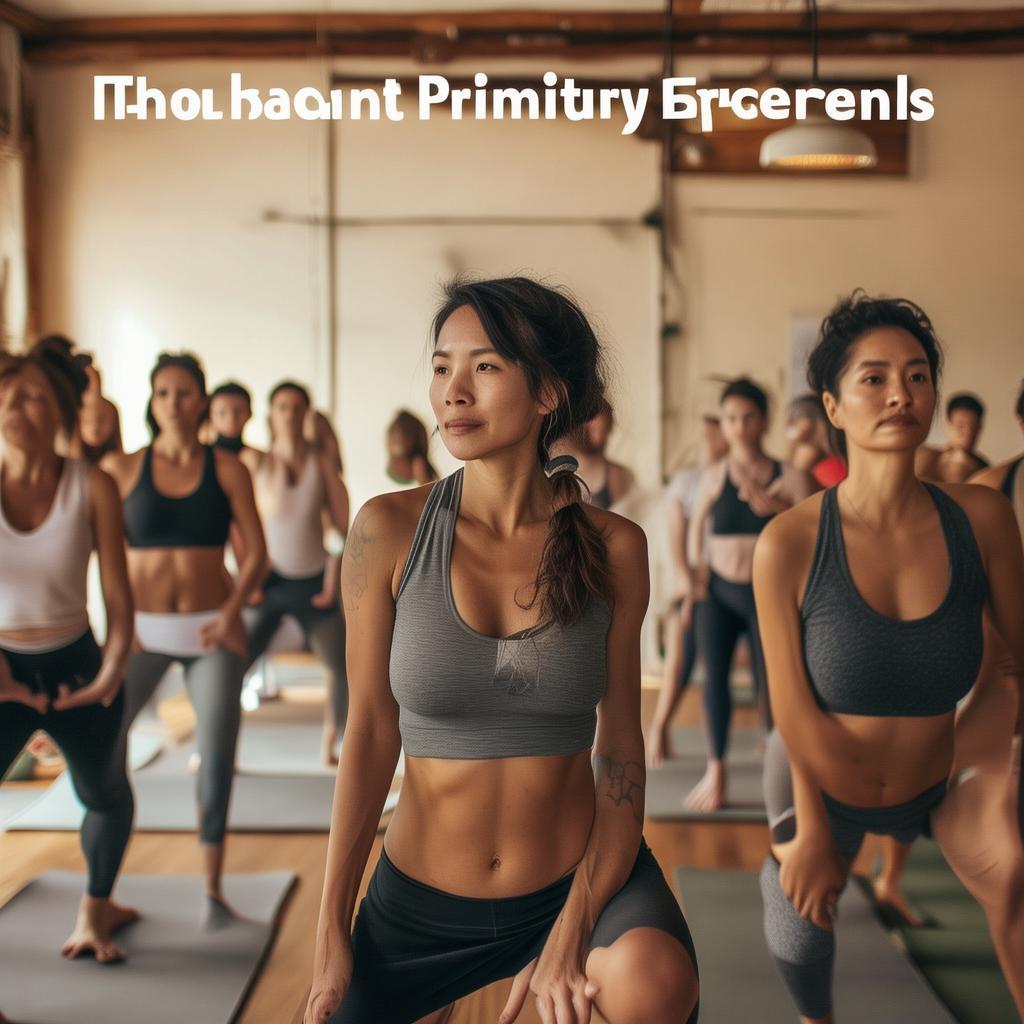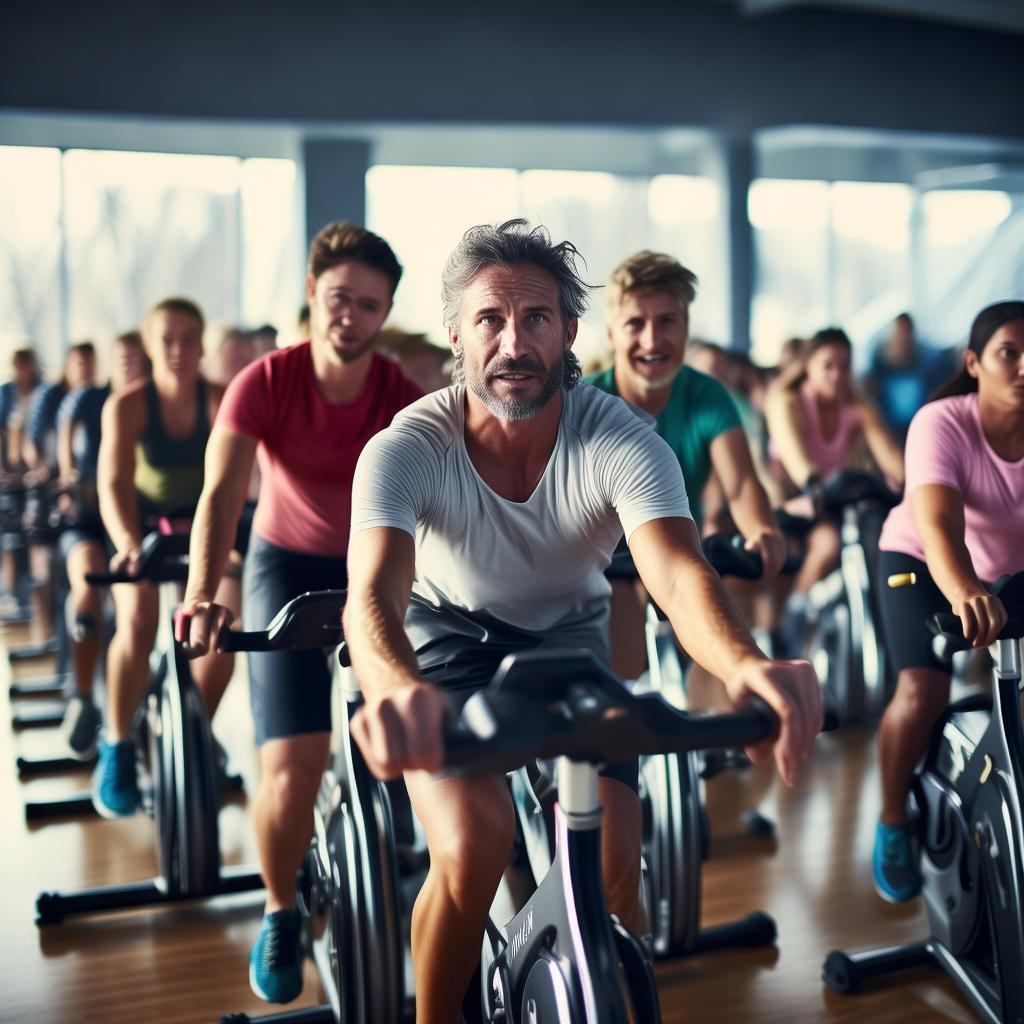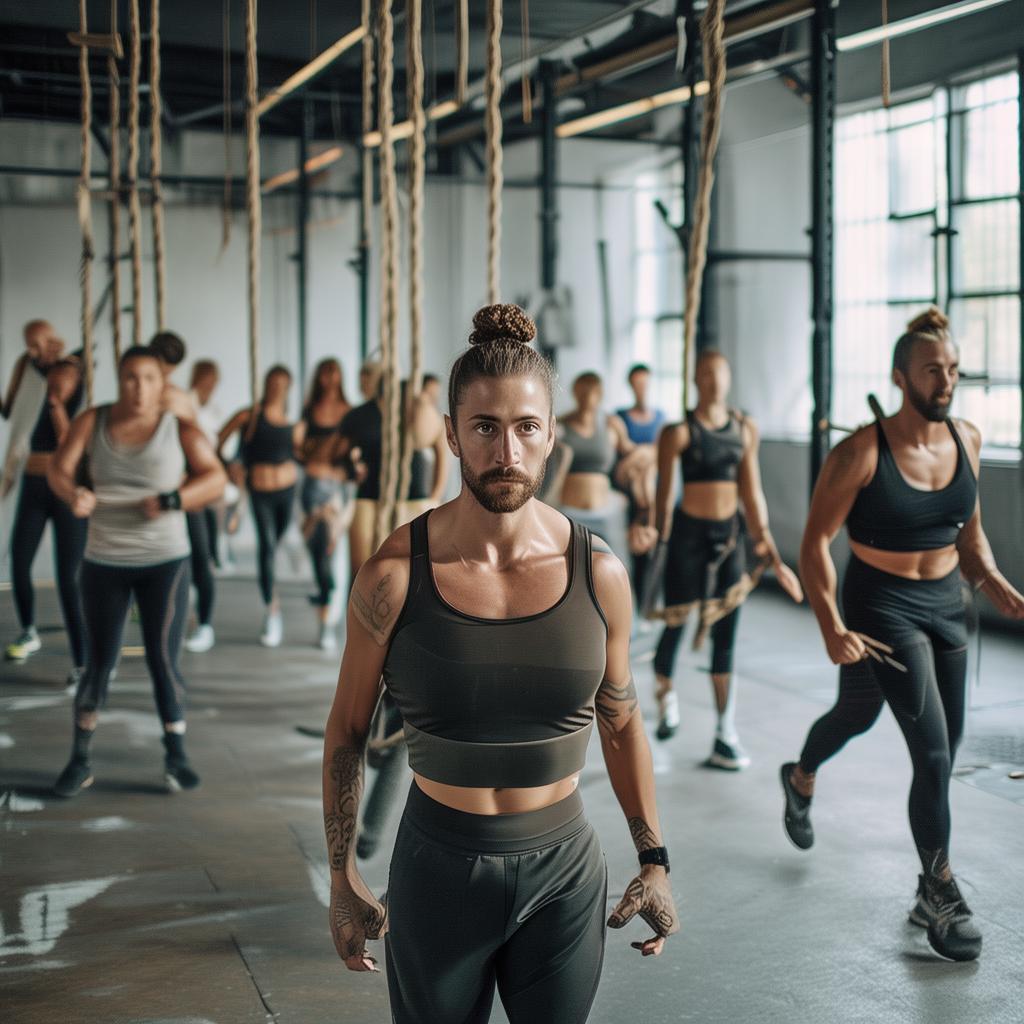Introduction to Ashtanga
Ashtanga is an excellent starting – point for those who aim to maintain discipline in their yoga practice. The ashtanga beginner sequence, which typically takes 90 minutes to complete, offers multiple benefits such as building strength and flexibility, relieving muscle tension, and detoxifying the body and nervous system.
Standing Sequence
Bhajana a/b – This is the starting point of the standing sequence. Although not elaborated much in terms of its specific movements, it sets the stage for the following poses.
Padangusthasana – Begin the standing sequence with this asana. It stretches the hamstrings and calves, strengthens the thighs, and helps prepare for later forward bends. It also relieves stress and anxiety, stimulates the liver and kidneys, and improves digestion.
Padahastasana – Increases flexibility in the hamstrings and works the lower back simultaneously. It also improves blood circulation in the upper body and relieves physical and mental fatigue.
Trikonasana – This pose increases the strength of the legs, knees, ankles, arms, and chest as the lungs can expand fully. It also stretches the hips, groin, hamstrings, calves, shoulders, chest, and spine.
Parivrtta Trikonasana – With increased twisting, it stimulates the abdominal organs, improving digestion and also enhancing balance.
Utthitaparsvakonasana – This pose starts to test the endurance required for the main sequence. It strengthens and stretches the legs, knees, groin, lower back, and ankles, and also stretches the spine and shoulders.
Parivrtta Parsvakonasana – The added twisting presents a new challenge to balance. It stimulates the abdominal organs, improves digestion, and helps detoxify the body by promoting fresh blood flow through the internal organs.
Prasarita Padottanasana a, b, c And d – These poses offer the advantages of forward folding and inversions. They help calm the mind, relieve stress and anxiety, lengthen and stretch the spine, extend the back of the legs to relieve mild back pain, and relax tension in the neck and shoulders.
Parsvottanasana – This forward bend provides an additional balance challenge, helps calm the mind, and improves posture. In the two – handed reverse prayer pose, it deeply stretches the spine, shoulders, and wrists, and also stretches the glutes and hamstrings while strengthening the legs.
Utthitahastapadangusthasana – It is a balancing pose that stretches the back of the legs, opens the hips, and strengthens the legs and ankles. Standing on one leg improves balance, and the stretching of the arms opens the shoulders.
Ardha Baddha Padmottanasana – This forward bend increases deep hip opening and hamstring extension, challenging your balance.
Utkatasana – This pose strengthens the ankles, calves, thighs, and spine, while stretching the shoulders, calves, and achilles tendons.
Virabhadrasana i – This asana builds concentration, strength, stability, endurance, balance, and coordination. It warms up the muscles and increases circulation throughout the body, preparing for the seated sequence.
Virabhadrasana Ii – Warrior ii builds strength, stability, stamina, and focus. It strengthens and stretches the legs, ankles, groin, chest, lungs, and shoulders.
Seated Sequence
Dandasana – It is the basic pose for all sitting poses, strengthening the upper back, chest, and abdomen, and preparing the body for deeper poses.
Paschimottanasana a, b And c – This asana stretches the entire back, including the spine, shoulders, hamstrings, and pelvis, while stimulating the liver, kidneys, ovaries, and uterus. There are three variations: grabbing the big toe (a), grabbing the foot (b), and grabbing the wrist (c).
Purvottanasana – This pose builds strength and flexibility, forming the opposite of the previous forward fold. It improves balance, calms the mind, increases energy, and reduces fatigue.
Ardhabaddhapadmapaschimottanasana – This strong forward bend increases flexibility in the hip and knee joints, stretches the shoulders, hamstrings, calves, and spine. Heel pressure on the abdomen stimulates the liver and spleen, improving digestion.
Triangamukhaikapadapaschimottanasana – This pose improves flexibility in the spine, hamstrings, hips, and knees and also opens the navicular chakra.
Janusirsasana a, b And c – This asana helps calm the mind and body, relieves stress and anxiety, and deeply stretches the spine, shoulders, hamstrings, and groin. It has three variations.
Marichyasana a, b, c And d – Different versions of this pose involve forward folding or twisting with different leg positions. They stretch the spine and shoulders, calm the mind and body, and massage the internal organs to improve digestion.
Navasana – This asana strengthens the hip flexors and spine, increases concentration and endurance, and stimulates the kidneys, thyroid, prostate, and intestines.
Bhujapidasana – This arm balance strengthens the shoulders, arms, and wrists, while stretching the abdomen, thighs, arms, and shoulders. It challenges and improves balance and concentration.
Kurmasana – Practising this pose elongates and relaxes the spine, helps relax the neck, head, and shoulders, improves the functioning of the digestive and respiratory systems, and rejuvenates the body.
Supta Kurmasana – Similar to Kurmasana, it is one of the deepest forward bends in the series, opening the hips, pelvis, and lower back while strengthening the outer hips.
Garbhapindasana – By pressing the heels into the abdomen and applying light pressure through the legs, it cleanses the liver and spleen.
Kukkutasana – Rooster pose stretches the arms and spine while strengthening the shoulders, elbows, wrists, and joints. It activates the submarine chakra, stimulates the digestive system, and relieves menstrual discomfort.
Baddhakonasana a And b – This hip – opening asana stretches the inner thighs, groin, and knees, with two variations.
Upavisthakonasana – This pose stretches the hamstrings, calves, spine, pelvis, and groin, massages and stimulates the kidneys, stimulates the abdominal organs, and aids digestion and metabolism.
Supta Konasana – This is a restorative inversion pose that stretches the spine, legs, back, arms, thighs, and calves. It stimulates the thyroid gland, helps with metabolic problems, and calms the mind to relieve stress and anxiety.
Supta Padangusthasana – This pose stretches the hips, thighs, hamstrings, groin, and calves, while strengthening the knees and relieving back pain and menstrual discomfort.
Ubhayapadangusthasana – This pose requires a sense of balance, strengthens the core, and stretches the hamstrings, calves, spinal cord, and shoulders.
Urdhvamukhapaschimottanasana – This more challenging variation can open the svadhisthana chakra.
Setu Bandhasana – This is the final pose of the sitting posture, strengthening the back muscles, adductors, hamstrings, hips, and neck. Placing the head in this position opens the throat and helps stretch the oesophagus to improve swallowing.
Urdhva Dhanurasana – This pose opens the chest, lungs, and shoulders, improves spinal flexibility, supports the muscles of the lower back, and strengthens the arms, shoulders, wrists, legs, hips, abdomen, while stretching the hip flexors and abdomen.
Paschimottanasana – When practising this pose again, you should feel increased flexibility in your spine, shoulders, hamstrings, and pelvis.
End Sequence
Sarvangasana – This inversion moves stagnant blood from the lower regions of the body and rejuvenates the heart. It benefits the brain, eyes, ears, nose, and throat by increasing blood flow to the head.
Halasana – Plough pose is another inversion that releases pressure on the back, improves posture, and reduces pain. The contraction of the abdomen stimulates the digestive organs, calms the brain, and reduces stress and fatigue.
Karnapidasana – This asana deeply stretches the spinal flexion and the hips, and also stretches the neck, shoulders, spine, hips, and hamstrings. It activates the throat, solar plexus, and root chakra.
Urdhvapadmasana – This inversion stimulates circulation, allowing fresh blood to flow to the head and abdominal organs to improve digestion.
Pindasana – It further stimulates and strengthens the abdominal organs, improving digestion, and also stretches and relaxes the entire spine and neck muscles.
Matsyasana – Fish pose strengthens the muscles of the upper back and the back of the neck while stretching the muscles between the hip flexors, ribs, abdomen, and the front of the neck. It relieves tension in the shoulders and neck.
Uttanapadasana – In this pose, the throat chakra opens as the neck elongates, increasing blood flow to the heart and neck, relieving tension in the shoulders, neck, and throat, and reducing anxiety.
Sirsasana – Practising inversions helps energise the body by increasing blood flow to the brain, head, and neck area. It also strengthens the core, shoulders, arms, back, and neck.
Balasana – After inversions, move into this relaxation pose to normalise blood flow. It relaxes the spine, shoulders, and neck to calm the mind and central nervous system, preparing for the final pose.
Baddha Padmasana – Begin with this pose to prepare the mind and body for meditation, achieving stabilisation by calming the mind and opening the heart to increase vitality.
Padmasana – A traditional meditation pose, it helps reduce muscle tension, control blood pressure, relax the mind, strengthen the spine and upper back, and stretch the ankles, hips, and knees for longer meditation.
Utplutihih – This pose creates a sense of balance between mind and body and helps relieve stress and anxiety.
Savasana – This ultimate relaxation pose allows the body to absorb and adapt to the physical practice, calming the body and mind, withdrawing the senses, and preparing for meditation.





